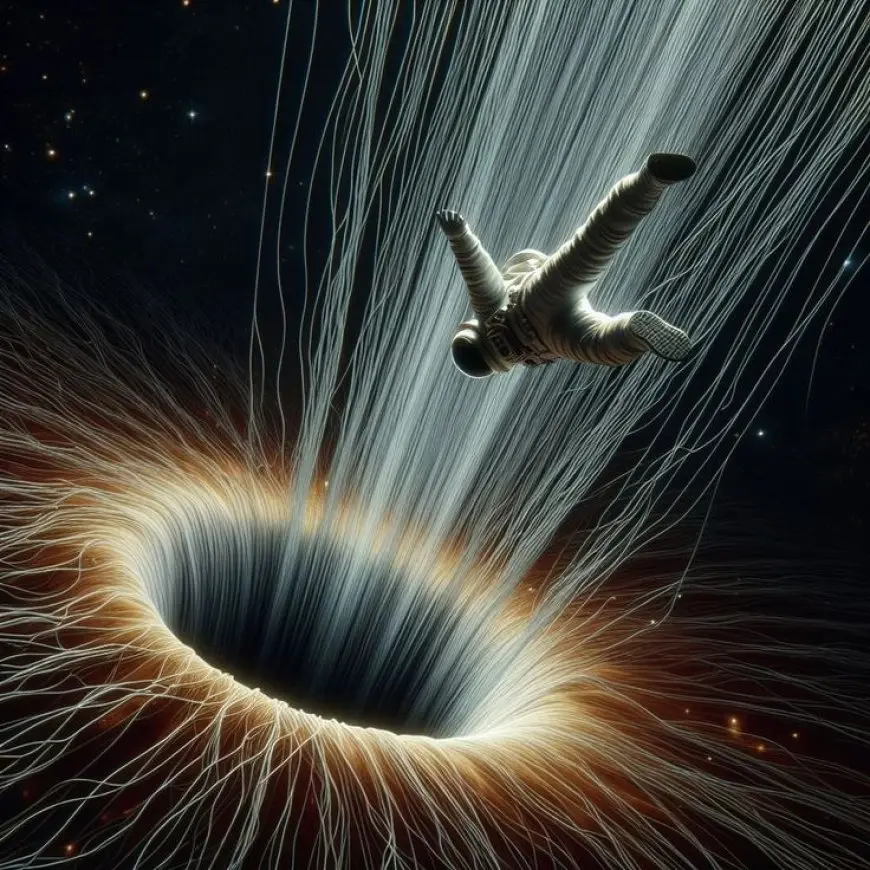Exploring the Mysteries of Black Holes
Exploring the Mysteries of Black Holes

Black holes are among the most fascinating and enigmatic objects in the universe. These mysterious regions of space have such intense gravitational fields that nothing, not even light, can escape once it crosses a certain boundary. Although once purely theoretical, black holes are now studied through their impact on surrounding matter, revealing much about their strange and extraordinary nature.
What is a Black Hole?
A black hole is a region in space where gravity is so powerful that it warps spacetime. It forms when a massive object, such as a star, collapses under its own gravity. The core of a black hole is called the singularity, where the matter becomes infinitely dense. The area around the singularity is defined by the event horizon, which marks the point beyond which nothing can escape.
Key Features of a Black Hole
-
Singularity: The heart of a black hole, where gravity becomes infinitely strong. This is where our current understanding of physics breaks down, and time and space as we know them cease to behave in the usual way.
-
Event Horizon: This boundary marks the point of no return for anything that falls into the black hole. Once an object crosses this horizon, it is trapped and cannot escape the black hole’s gravitational pull.
-
Accretion Disk: Many black holes are surrounded by an accretion disk— a swirling mass of gas and dust pulled toward the black hole. As this matter accelerates and heats up, it emits radiation that can be detected by telescopes, providing scientists with valuable data about the black hole.
Types of Black Holes
There are different types of black holes, each with unique properties:
-
Stellar Black Holes: Formed when large stars collapse after exhausting their nuclear fuel. They are typically several times more massive than our sun.
-
Supermassive Black Holes: These colossal black holes, located at the centers of most galaxies, can be millions or billions of times the mass of the sun. They are thought to play a critical role in the formation and evolution of galaxies.
-
Intermediate Black Holes: These black holes are believed to have masses between stellar and supermassive black holes. Evidence for these intermediate black holes is still being gathered.
-
Primordial Black Holes: Hypothetical black holes that may have formed shortly after the Big Bang. These would be much smaller than stellar black holes and could provide insights into the early universe.
Mysterious Phenomena Associated with Black Holes
Black holes exhibit many strange phenomena that have puzzled scientists for years:
-
Gravitational Lensing: Black holes bend light due to their strong gravitational fields, creating distorted images of objects behind them. This effect, called gravitational lensing, helps astronomers study black holes indirectly.
-
Time Dilation: Near a black hole, time slows down compared to areas farther away. The closer you get to the event horizon, the slower time appears to move, as predicted by Einstein’s theory of relativity.
-
Spaghettification: As an object falls toward a black hole, the difference in gravitational pull between its top and bottom stretches it into a long, thin shape. This process is known as spaghettification and occurs most dramatically near stellar black holes.
-
Hawking Radiation: Theoretical physicist Stephen Hawking proposed that black holes could emit radiation due to quantum effects at the event horizon. This radiation, known as Hawking radiation, could cause black holes to lose mass over time and eventually evaporate.
How Do We Study Black Holes?
Although black holes cannot be seen directly, scientists study them by observing their effects on nearby objects:
-
X-ray Emissions: As matter falls into a black hole, it heats up and emits radiation, particularly in the form of X-rays. By detecting these X-rays, astronomers can learn about the properties of the black hole and its accretion disk.
-
Gravitational Waves: In recent years, scientists have detected gravitational waves—ripples in spacetime caused by events such as black hole mergers. These observations provide direct evidence of black hole interactions.
-
Event Horizon Telescope: A global network of radio telescopes, known as the Event Horizon Telescope, captured the first-ever image of a black hole in twenty-nineteen. This image, which shows the supermassive black hole at the center of the galaxy M87, was a groundbreaking achievement in black hole research.
Unanswered Questions
Despite significant progress in our understanding of black holes, several mysteries remain:
-
What Happens at the Singularity?: The singularity is where our current understanding of physics breaks down. The nature of this point remains unknown, as the known laws of physics do not fully explain what happens in this region.
-
What Happens to Information?: According to quantum mechanics, information about objects that fall into a black hole should not be lost. However, general relativity suggests that this information is destroyed at the event horizon. The resolution of this paradox remains one of the biggest challenges in modern physics.
-
Can Black Holes Be Portals to Other Universes?: Some theories suggest that black holes could act as gateways, or wormholes, that connect different regions of the universe. While intriguing, this idea is speculative and has not been proven.
Black holes are mysterious objects that continue to captivate scientists and the public. While much has been learned, their extreme properties and the unresolved questions about them ensure that black holes remain at the forefront of scientific research. As technology and techniques continue to evolve, we are sure to uncover even more about these fascinating cosmic phenomena.







